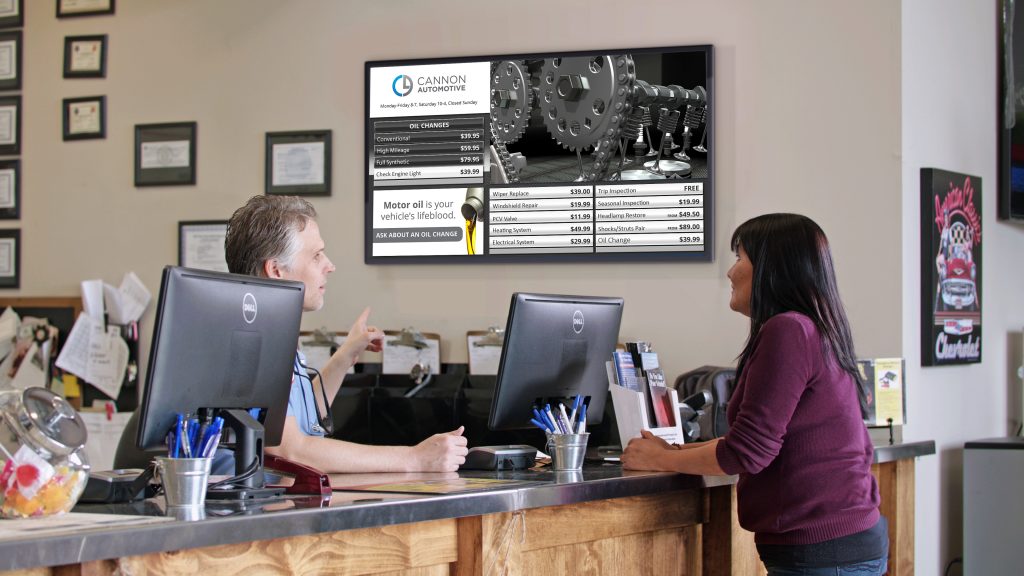How Customer Education Builds Loyalty and Prevents Misunderstandings
In many of the classic “I Love Lucy” TV show episodes, a misunderstanding often started the series of events that led to major problems. In our automotive service industry, misunderstandings between service advisors and customers can lead to frustration, dissatisfaction, and potentially a loss of business. One of the most effective ways to prevent these misunderstandings is through customer education. By helping customers understand the importance of certain services, explaining technical details in a way they can relate to, and providing clear information about their vehicle's needs, service advisors can boost trust and enhance customer loyalty.
Customer education isn't just about providing information — it’s about creating a relationship where the customer feels informed, respected, and confident in their decisions. When customers feel knowledgeable about their vehicle and the services being recommended, they are more likely to trust their service advisor (and your entire service facility), return for future visits, and share their positive experiences with others. In every aspect of business or service, an educated customer always buys more. When service advisors invest in educating their customers, the results are a more positive experience for both the customer and the business.

One of the most common sources of frustration for customers is a lack of clarity around the cost of services. Repairs and maintenance can be expensive, and if customers don’t understand what they are paying for, they can feel uneasy or vulnerable and believe they aren’t making a good decision. Service advisors can prevent these misunderstandings by clearly explaining the pricing structure before performing any work. Help customers understand why certain services are necessary, how they will benefit their vehicle, and why certain parts or services might be more expensive than others. For instance, you might explain that while high-quality brake pads may cost more upfront, they will last longer and provide better performance. The simple act of being empowered to make an informed choice between options is incredibly helpful to a customer.
Providing customers with clear and honest pricing information helps set expectations and prevents unpleasant surprises when they pick up their vehicle. When customers understand what they are paying for and why, they are much more likely to trust your recommendations and return for future service.
Many customers are not aware of the importance of certain maintenance services. For example, something as simple as an oil change can be misunderstood, with customers thinking it’s just a “routine” service when, in fact, it plays a critical role in maintaining engine health and longevity. Similarly, recommendations for fuel injector cleaning, transmission service, and other preventive maintenance can be met with skepticism if the customer doesn’t fully understand the need for them.
If you don’t already, consider using AutoNetTV’s videos at every customer touchpoint, as an automated, constant voice that reinforces your professional recommendations. You can’t be everywhere, so duplicating your efforts with engaging and informative Car Care Videos wherever your customer interacts with your facility, whether it’s in your waiting area, on your website or social media, in digital inspection reports, or at a service counter, is an easy way to ensure consistency and clarity in messaging about what and why for all your services.
When customers understand the necessity of services, they are more likely to follow through with recommended work. They will feel empowered to make informed decisions about their vehicle’s maintenance, leading to better outcomes and fewer instances of declined services.
Misunderstandings about how long services will take are another source of frustration. If a customer is told their vehicle will be ready at a certain time and it’s not, they may feel upset and mistrustful. Clear communication about expected timeframes can alleviate this issue.
Educating customers goes beyond simply preventing misunderstandings. It also plays a significant role in building long-term relationships and enhancing loyalty. When you provide honest, transparent information about their vehicle’s needs and explain the reasoning behind your recommendations, you demonstrate integrity and a commitment to the customer’s best interests. Trust is a cornerstone of loyalty — when customers trust your advice, they are more likely to return for future service and recommend you to others.
By educating customers about their vehicles and the services they need, you empower them to make decisions that align with their needs and priorities. When customers are well-informed, they are less likely to feel pressured or manipulated during the service process. Instead, they can make decisions based on their own understanding of the benefits and importance of each service. When you take the time to explain the importance of different services and check in with them on a regular basis, you build a sense of partnership.
Here are a few practical tips for service advisors to implement in day-to-day interactions with customers:
Customer education is a powerful tool for preventing misunderstandings and building long-term loyalty. By taking the time to clearly communicate the necessity of services, setting expectations, and providing helpful information, service advisors can foster trust, empower customers, and enhance their overall experience. When customers feel informed, respected, and confident in their decisions, they are more likely to return for future services and recommend your business to others. If it worked to solve the conflicts between Lucy and Ricky Ricardo during each episode, it could certainly work for you.
Watch AutoNetTV sample videos here
For more information contact our customer success team at (801) 492-9900 or email us at info@autonettv.com.



